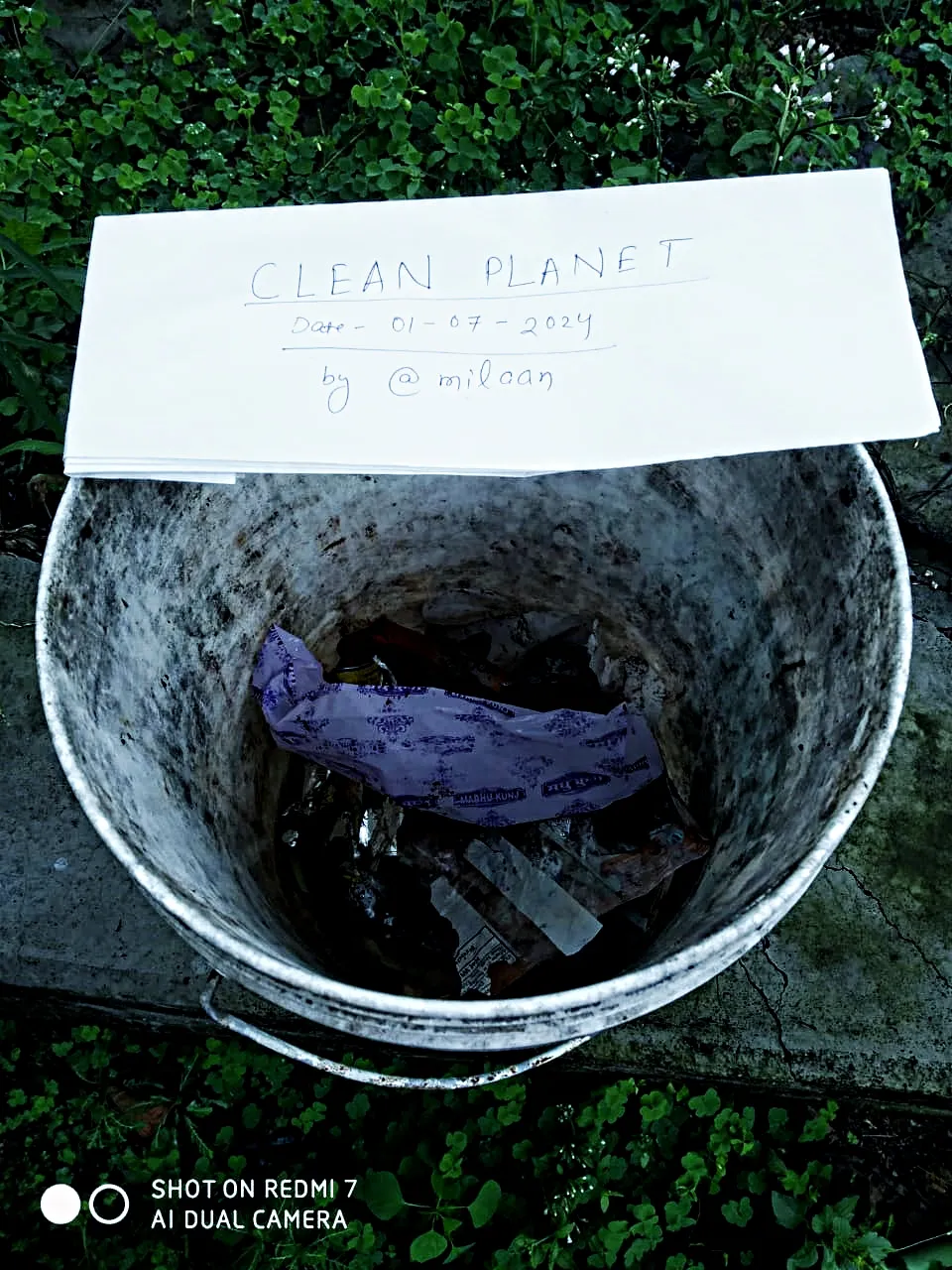
Plastics- The Pollution Menace of Rural India
I stay in my village which is home to roughly 1000 people. It's a small village in the Western part of Odisha, India.
The consumption habits in rural India is no more rural and the modern lifestyle and consumables have already entered Rural India as well. Well, that's a good thing. But while the economy has made inroads into rural consumption, in particular the FMCG sales, the garbage is not coming out of it.
In urban India, at least there is some system in place, even though inefficient in most of the areas.
Statistically, India is home to 0.64 million villages with 900 million dwellers.
As per a recent report rural India accounts for 35% of FMCG sales-- the most commonly used ones are processed food items, Noodles, Shampoo, Hair Oil, etc.
Unfortunately, despite the empowering Panchayati Raj system through the 73rd amendment and with the constitutional mandate, at the Panchayat Level, no such community program are initiated at the village level to deal with the menace of plastic pollution.
While the purchasing power of rural India has improved, so has the consumption pattern, the waste disposal has not improved at all. In fact, such a rise in purchasing power and change in consumption pattern has exacerbated the question of plastic pollution in rural India.
In the pre-industrial era, the wastes and garbage produced in rural India were biodegradable and organic, but that has changed and in today's reality plastic pollution is apparent and continues to degrade the soil quality and the overall ecosystem.
Even today, for plastic disposal, the villages rely on "Kabadiwalas", however, the "Kabadiwalas" do not accept all types of garbage and they do scrutinize which ones to take and which ones to reject. They shortlist the bottles and others but they outrightly reject plastic packaging, wrappers, sachets, etc. So the villages eventually throw it off haphazardly or burn it. In either way, the pollution intensifies.
India is a signatory of UN SDG 2030. There are a few targets and goals that outline plastic pollution and call for its prevention.
SDG 12- RESPONSIBLE CONSUMPTION AND PRODUCTION
(Single-use plastic should be avoided, Extended produced responsibility should be imposed)
SDG 13: CLIMATE ACTION
SDG 11: SUSTAINABLE CITIES AND COMMUNITIES
(Adequate infrastructure for plastic waste disposal)
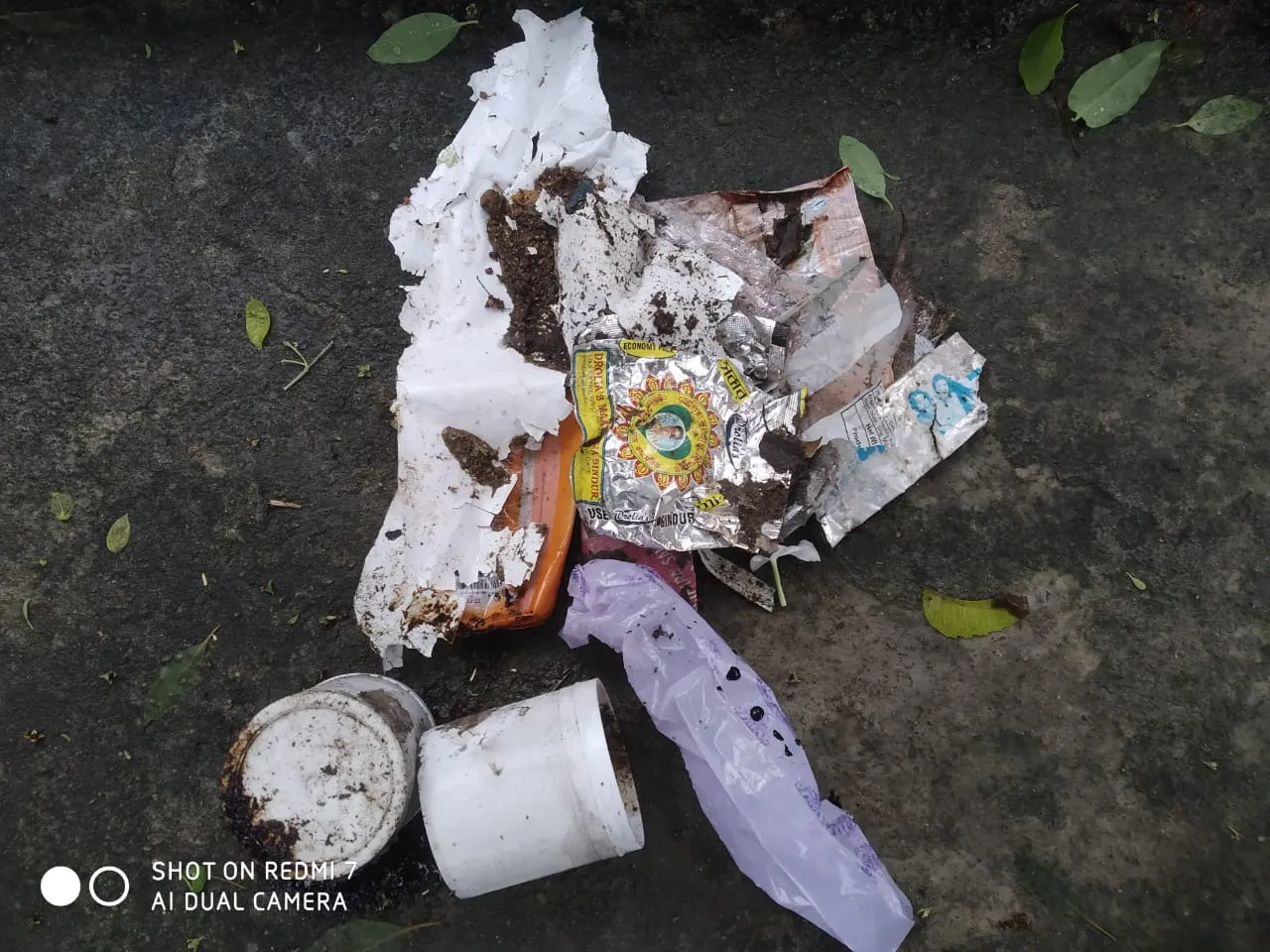
I keep on telling my parents to be serious about sachets, plastic packaging, wrappers, etc, and not to throw them here and there. But they are indifferent to such things and consider it trivial. This is not just the case for my parents, it's the problem of the society at large. And this is not even related to how educated we are as a society, even the educated ones are indifferent to plastic pollution because they have a different priority list in life or a busy schedule in life.



So at the individual level, at least once a week, I collect plastic garbage that can not be sold to "kabaddiwalas", and keep it in a separate place, until the volume of such garbage is sufficient enough to dispose of. Then I go and manually hand over the garbage to a mobile van that visits at the Block level to collect such garbage. I have to travel 15 KM for this.

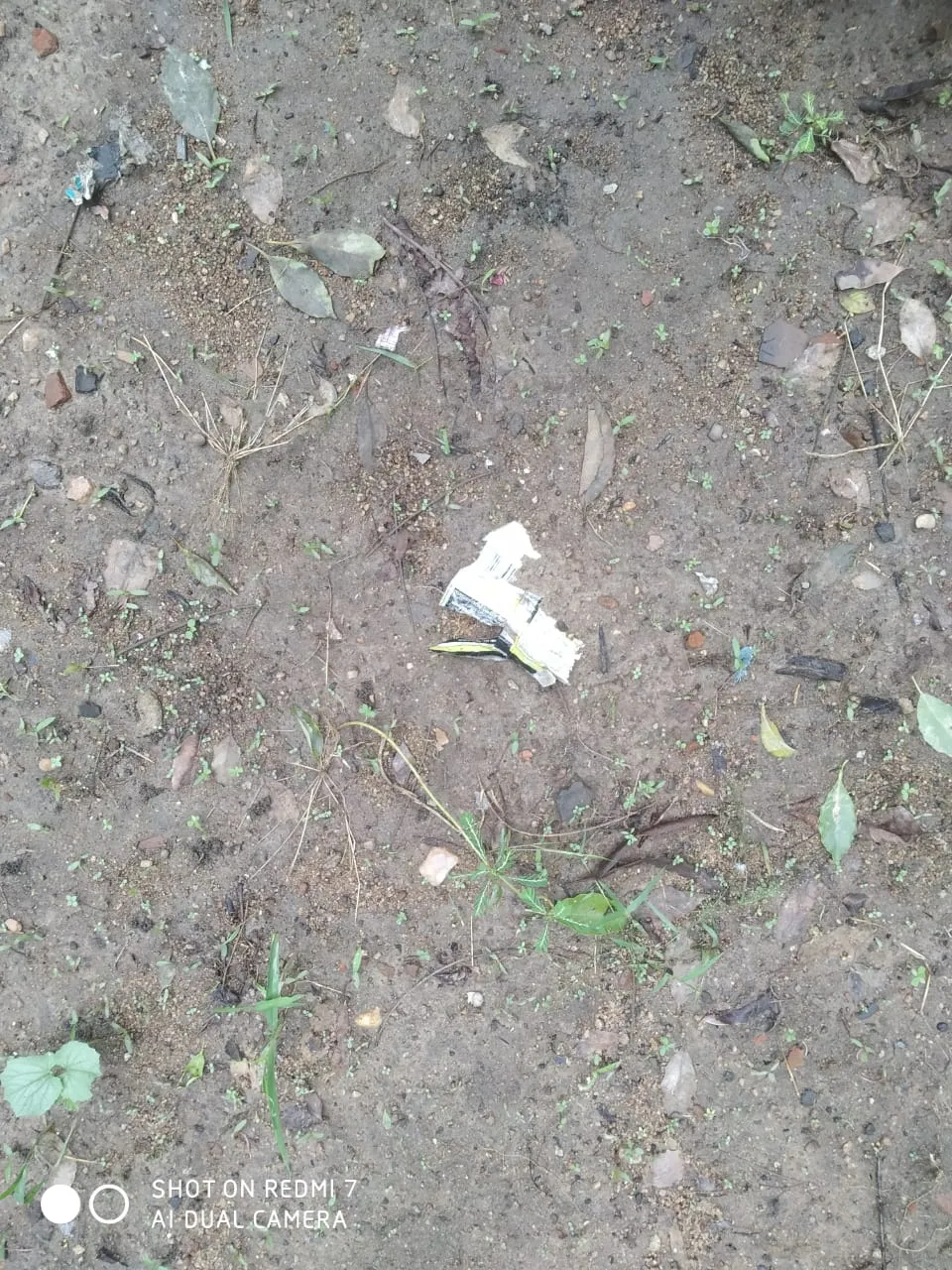

So today's Cleam Planet activity is particularly based on this.



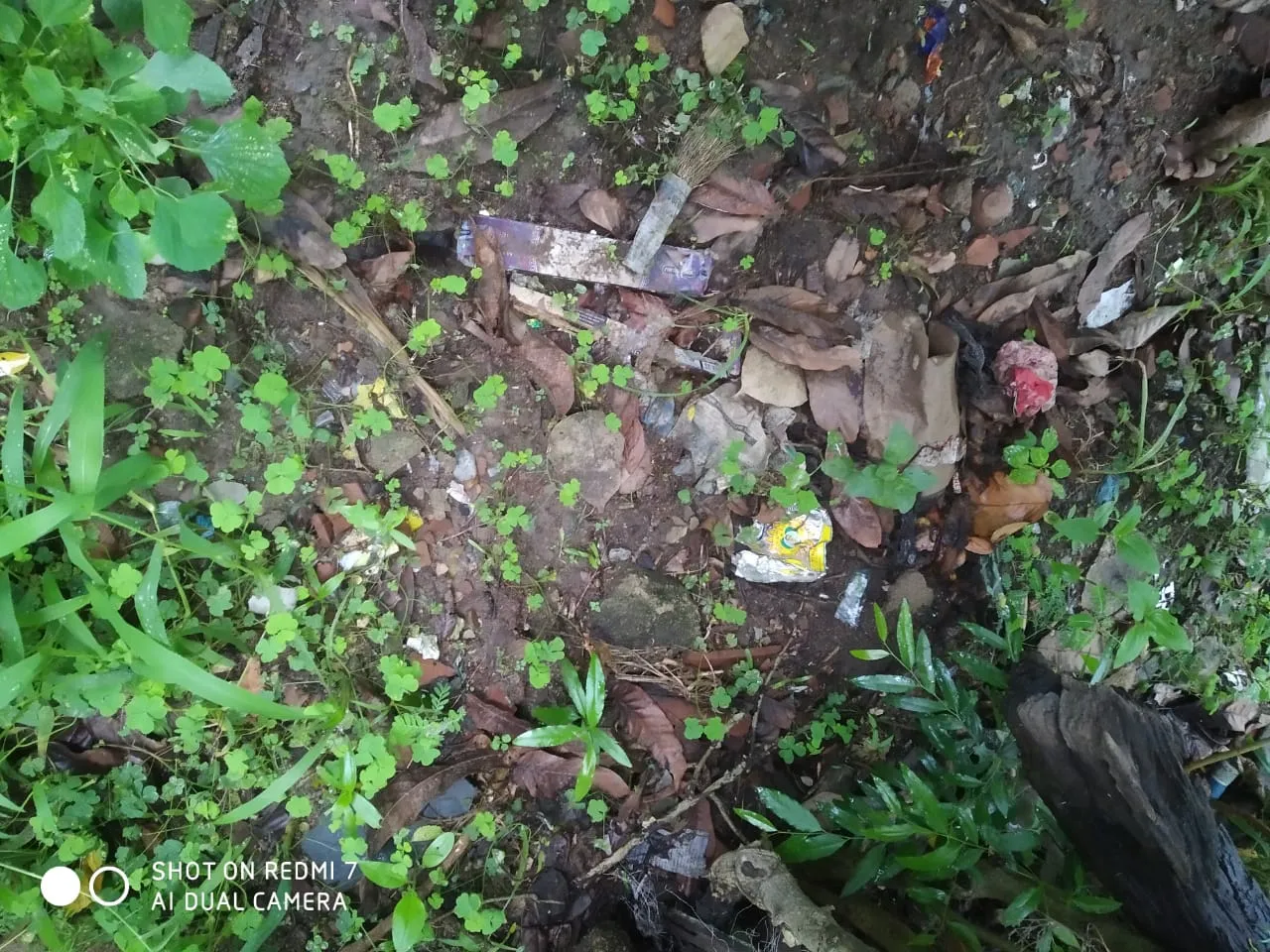
I collected all the plastic garbage in our backyard which was carelessly thrown and collected them and deposited in the Dustbin.

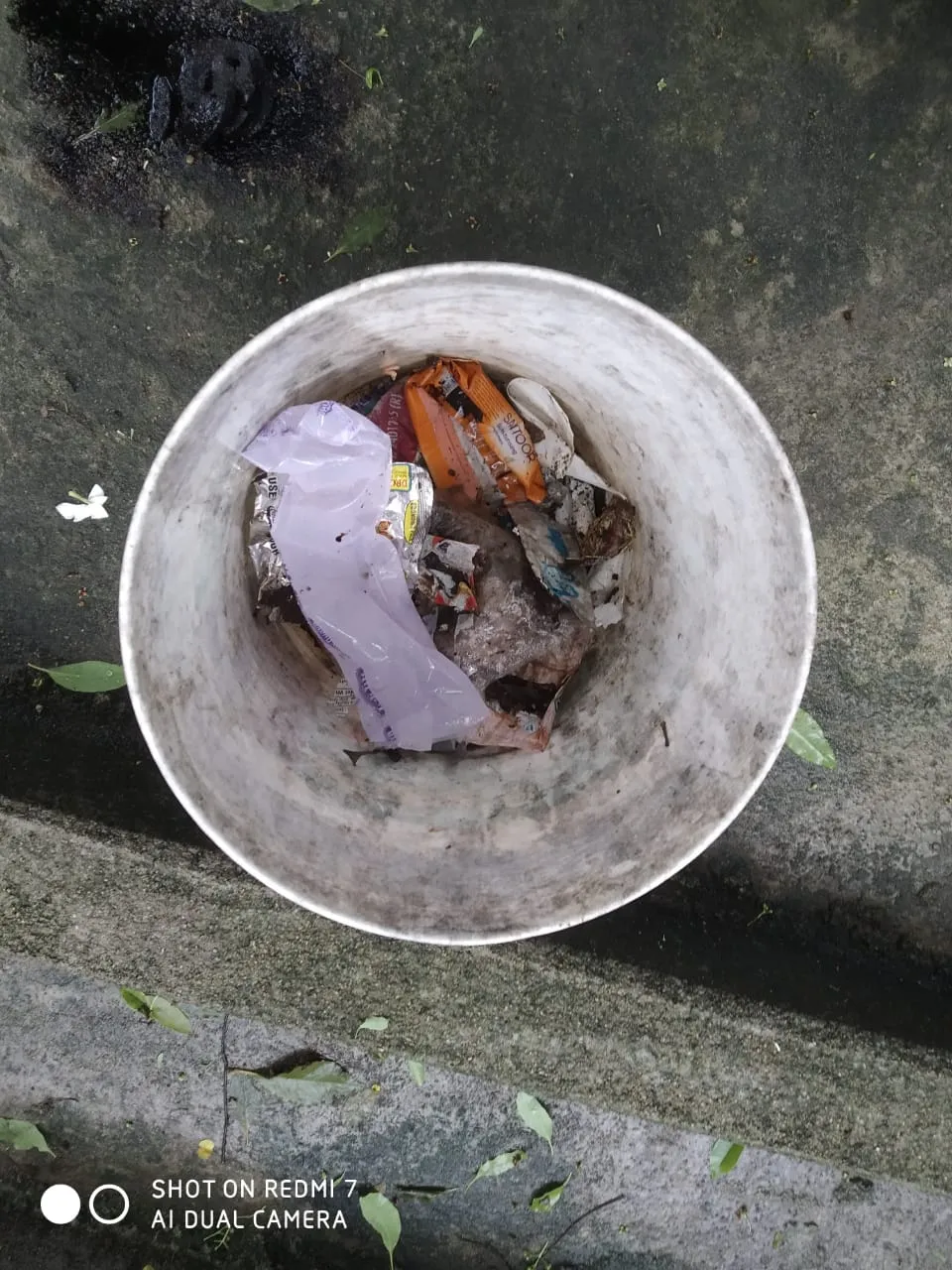
In a separate bin, I used to store it until the volume become sufficient enough to hand it over to the mobile Van.
(Note- The mobile van does not visit my village, it only covers the region at the Blockc level, so I have to travel at least once a month to hand over the collected plastic garbage).
That's all. Thank you.

This is my participation for the Initiative: July Monthly Prompt
Check out the above post if you are keen to participate in a particular topic of the day.
Thank you.
